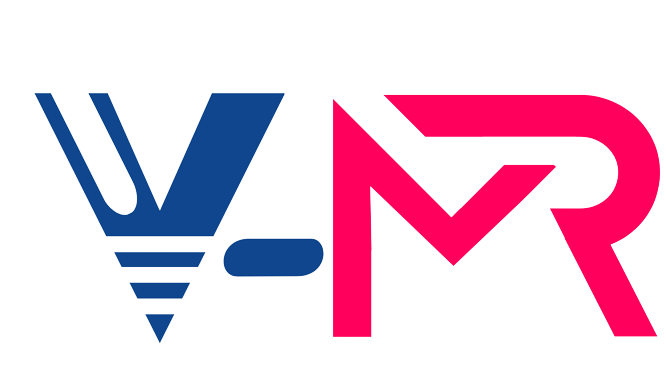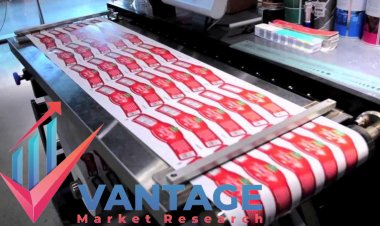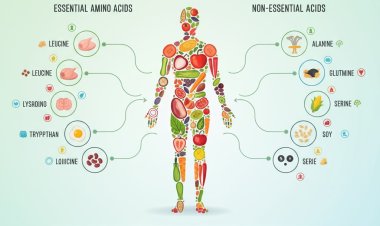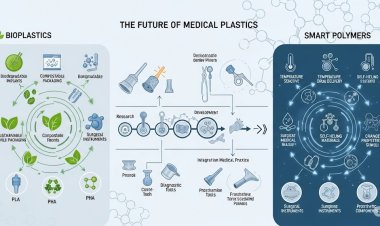Global Textiles Market Size to Reach $3095 Billion at a CAGR of 7.9% by 2030
Vantage Market Research expects the Textiles Market to reach USD 3095 Billion by 2030, exhibiting a growth rate (CAGR) of 7.9% during 2023-2030.
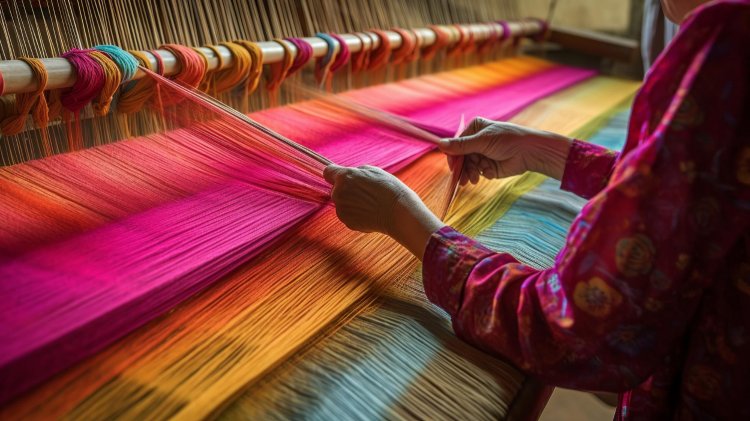
The Global Textiles Market size reached USD 1684.6 Billion in 2022. Vantage Market Research expects the market to reach USD 3095 Billion by 2030, exhibiting a growth rate (CAGR) of 7.9% during 2023-2030.
Table of Contents
|
I. Introduction: |
|
|
|
|
|
II. The Textile Market Landscape: |
|
|
|
III. Market Dynamics: |
|
|
|
|
|
|
|
|
|
|
|
|
|
IV. Trends Shaping the Textile Market: |
|
|
|
|
|
|
|
|
|
|
|
|
|
|
|
|
V. Conclusion: |
|
|
|
|
|
Introduction
The vast and dynamic Textile industry plays a crucial role in defining fashion and lifestyle. Its influence spans from the threads in our clothes to the fabrics adorning our homes, intricately integrated into our everyday lives. As a significant player in various global industries, Textiles fulfill practical needs and embody cultural, economic, and technological transformations. The market's evolution, transitioning from traditional craftsmanship to embracing cutting-edge technologies, mirrors the continuously changing fabric of human civilization. Textiles are an essential means of self-expression, reflecting societal values and individual tastes, and remain a driving force in shaping our world's aesthetic and functional aspects.
Request Sample Report of Textiles Market @ https://www.vantagemarketresearch.com/textiles-market-2313/request-sample
Top Companies in Global Textiles Market
- BSL Limited (India)
- INVISTA S.R.L. (U.S.)
- Lu Thai Textile Co. Ltd. (China)
- Shandong Jining Ruyi Woolen Textile Co. Ltd. (China)
- Shandong Demian Incorporated Company (China)
- Shijiazhuang Changshan Textile Co. Ltd. (China)
- Weiqiao Textile Company Limited (China)
- Paramount Textile Limited (India)
- Paulo de Oliveira S.A. (Portugal)
- Successori REDA S.P.A. (Italy)
- DBL Group (Bangladesh)
- B.D. Textile Mills Pvt. Ltd. (India)
- IBENA Inc. (U.S.)
The Textile Market Landscape
The Textile market worldwide includes various products such as clothing, bedding, specialized fabrics, and industrial materials. Textiles have a long history, progressing from handmade fabrics to complex and advanced materials. Being one of the oldest and most significant industries globally, the Textile market reflects economic and cultural changes.
Market Dynamics
- Consumer Trends and Fashion: The Textile market is heavily influenced by consumer preferences and fashion trends, which have a significant impact. There has been a noticeable increase in demand for sustainable and ethically produced Textiles, with eco-friendly fabrics becoming increasingly popular. Furthermore, the fast fashion trend, which is characterized by rapidly changing trends and production cycles, influences the market's speed and variety.
- Technological Advancements: The Textile industry is undergoing a revolutionary change due to technological innovations. These include incorporating sensors into smart Textiles and advancements in fabric manufacturing processes, which improve the functionality and appearance of Textiles. Breakthroughs such as 3D printing, digital weaving, and sustainable dyeing techniques are transforming the industry.
- Globalization and Supply Chain Dynamics: Supply chains that span across continents make the Textile industry inherently global. The market's overall competitiveness can be influenced by changes in geopolitical dynamics, trade policies, and transportation logistics, which can affect the cost and availability of raw materials.
- Sustainability Imperative: The current Textile market is greatly influenced by sustainability. Both consumers and industry players are now advocating for sustainable practices due to growing concerns about environmental issues. This includes the incorporation of organic fibers, the adoption of water-saving techniques, and the implementation of circular fashion initiatives.
Buy Now Our Textile Industry Report @ https://www.vantagemarketresearch.com/buy-now/textiles-market-2313/0
Trends Shaping the Textile Market
- Rise of Sustainable and Eco-friendly Fabrics: Consumers' increasing focus on environmentally conscious choices drives a rising demand for sustainable and eco-friendly fabrics in the Textile market. Organic cotton, Tencel, and recycled polyester are becoming increasingly popular as individuals seek these options.
- Digital Transformation in Textile Manufacturing: Textile manufacturing is being revolutionized by Industry 4.0 technologies, which encompass automation, data analytics, and artificial intelligence. These advanced technologies effectively improve production processes, minimize waste, and significantly enhance overall operational efficiency.
- Customization and Personalization: Customization trends in the Textile market are fueled by the increasing demand for distinct and personalized products. Brands are now able to provide unique Textiles by utilizing digital printing and on-demand manufacturing, allowing them to cater to the specific preferences of each customer.
- Smart Textiles and Wearables: Smart Textiles have emerged due to technology integration and Textiles. The future of functional and interactive clothing is shaped by fabrics containing embedded sensors, conductive threads, and biometric monitoring capabilities.
- Circular Fashion and Textile Recycling: Circular fashion initiatives are increasingly gaining traction, focusing on the significance of recycling and repurposing Textiles. Companies actively explore closed-loop systems, advocate for garment recycling, and inspire a transition toward a more sustainable and circular economy.
Conclusion
The Textile market on a global scale is a highly dynamic and complex industry that adapts to the constantly evolving realms of fashion, technology, and sustainability. The Textile market is undergoing a notable transformation towards sustainability and progress due to consumers' increasing awareness of the consequences associated with their choices. By blending traditional craftsmanship with innovative technology, the industry is shaping a future where Textiles surpass mere fabrics and instead embody culture, creativity, and ethical living. Through the utilization of sustainable fibers, intelligent Textiles, and circular fashion initiatives, the Textile market perseveres in its pursuit of progress, aiming for a more durable and accountable industry.
Read Our Latest Press Release: Superfood Market - In-depth Analysis
Contact us
Eric Kunz
6218 Georgia Avenue NW Ste 1 - 564
Washington DC 20011-5125
United States Tel: +1 202 380 9727
Email: [email protected]
Website: Vantage Market Research
